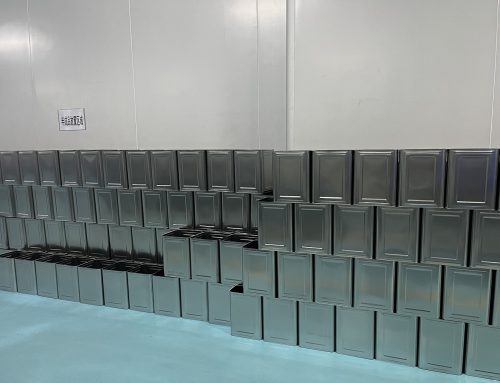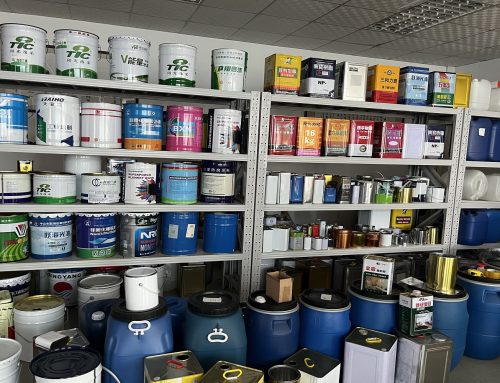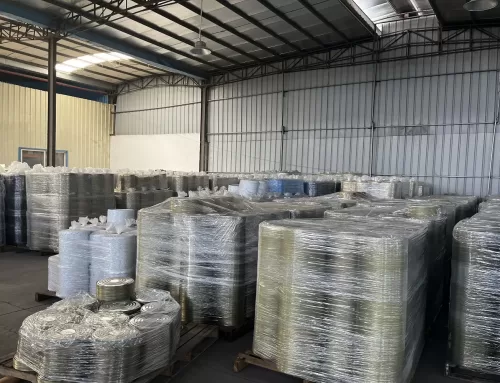Currently, the main types of coatings used for cans include phenolic epoxy coatings, epoxy amine coatings, organic solvent coatings, vinyl coatings, polyester coatings, acrylic coatings, and epoxy ester coatings. Below is a brief introduction to the characteristics of each resin and the performance and applications of coatings made from them.
Polyvinyl Chloride (PVC) Organic Solvent Coatings
Polyvinyl chloride resin is one of the four major synthetic materials (polyethylene, polyvinyl chloride, polypropylene, and polystyrene) in China, known for its optimal cost-performance ratio. Polyvinyl chloride resin has the following advantages:
(1)Dense and impermeable film.
(2)Outstanding three-proof properties (moisture resistance, salt spray resistance, acid and alkali resistance).
(3)Excellent mechanical properties.
(4)Non-toxic and odorless.
(5)Wear-resistant with high hardness.
(6)Lower cost and wide availability of raw materials.
However, polyvinyl chloride resin also has two major disadvantages:
(1)Poor heat resistance.
(2)Poor processing performance.
Nevertheless, compared to other materials, polyvinyl chloride resin has a prominent feature—it is particularly easy to modify. Therefore, it finds extensive applications. After modification, it has a significant presence in the field of coatings for food metal packaging. Polyvinyl chloride organic Solvent coatings are a representative example.
As the name suggests, PVC organic solvent coatings are formed by wetting and compounding solid particles of PVC dispersion resin with plasticizers to create a paste, which is then diluted with organic solvents to produce the coating. Its major advantage lies in its high solid content. With a single-roller application, the dry film weight can reach over 10g/m², nearly twice that of a single application of epoxy phenolic coatings. This results in significant energy savings and economic benefits. In terms of performance, its outstanding feature is the excellent resistance to impact deformation during processing. It is commonly used as an interior coating for easy-open lids of food and beverage cans and as an internal coating for two-piece food cans (using multiple drawing and ironing processes). The coating, even after undergoing multiple stretching and pressing operations, continues to meet various functional requirements for food metal packaging. These include resistance to high-temperature baking discoloration, resistance to high-temperature sterilization, acid and sulfur resistance, strong adhesion to the substrate, hygiene, safety , and stable storage. Therefore, it can be used for packaging various beverages and foods.
PVC organic solvent coatings can also be used as adhesives in certain special applications, such as internal adhesives for crown caps and twist-off caps, as well as internal touch-up coatings for three-piece can weld seams. Thus, PVC organic solvent coatings can be considered the “all-around player” in food metal packaging coatings.
The “skill set” of PVC organic solvent coatings, of course, owes much to its main component, the contribution of PVC dispersion resin. Here, we have chosen “PVC dispersion resin,” which is produced through a micro-suspension or emulsion polymerization process different from other processes. The resulting resin has fine particle size and can be directly and rapidly dispersed into plasticizers and organic solvents to prepare coatings, greatly simplifying the production process. This “PVC dispersion resin” is also widely used in the production of medical plastic containers, sol-gel sealing adhesives, synthetic leather, and other products.
To overcome the inherent drawbacks of PVC resin materials and further improve corrosion resistance, like other PVC coatings, organic solvent coatings often require the addition of heat stabilizers, plasticizers, resins, crosslinking agents, and other additives.
After high-speed dispersion of PVC dispersion resin, uniform dispersion and stability in other components are achieved. The coating is applied to the metal substrate using a roller coating process (spraying for internal seam touch-up). After high-temperature baking, the coating melts and solidifies into a film.
To fully leverage its functions, the following points should be considered during on-site usage:
1.The coating should be thoroughly stirred before each use to ensure no precipitation.
2.Appropriate baking parameter conditions should be set, especially avoiding overbaking.
3.Use a dedicated thinner, adding it slowly while stirring the coating.
4.During roller coating, strictly follow the process requirements to achieve the specified dry film weight, particularly avoiding insufficient film thickness.
5.Pay attention to the coating sequence; like other internal coatings, it is best scheduled as the last coating.
6.Before transporting the coating during application, the coating machine should be thoroughly cleaned, including scraper grooves, material troughs, and the conveying pump system, to prevent contamination with foreign materials.
7.Maintain ventilation in the coating area and wear appropriate personal protective equipment.




